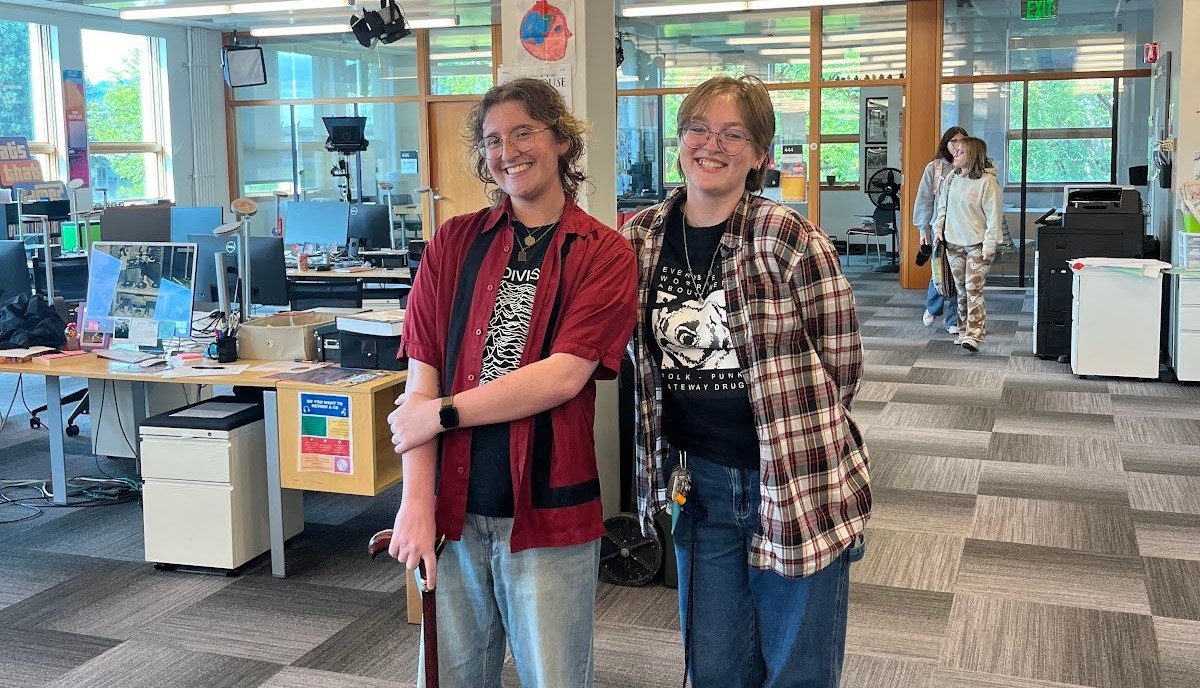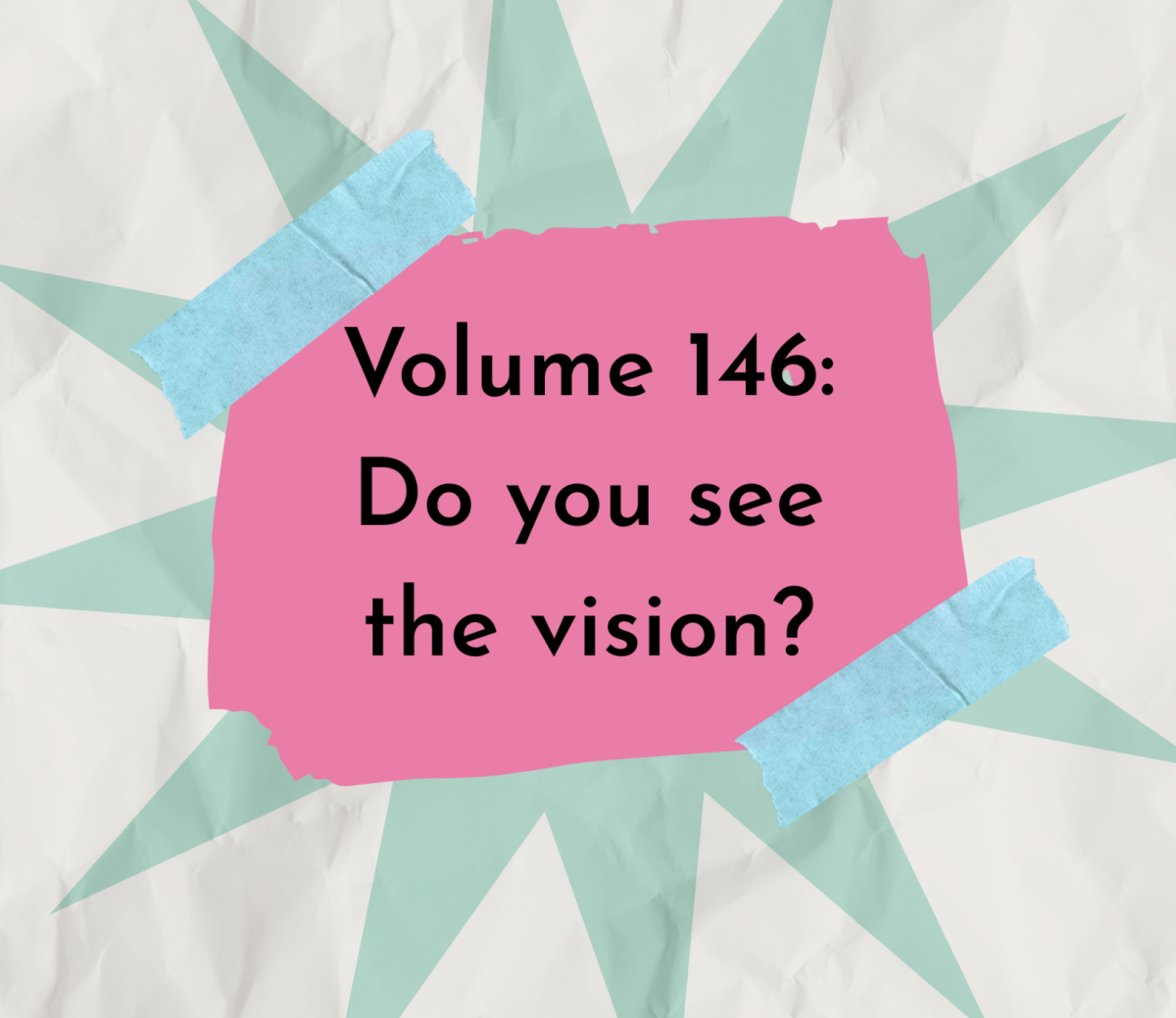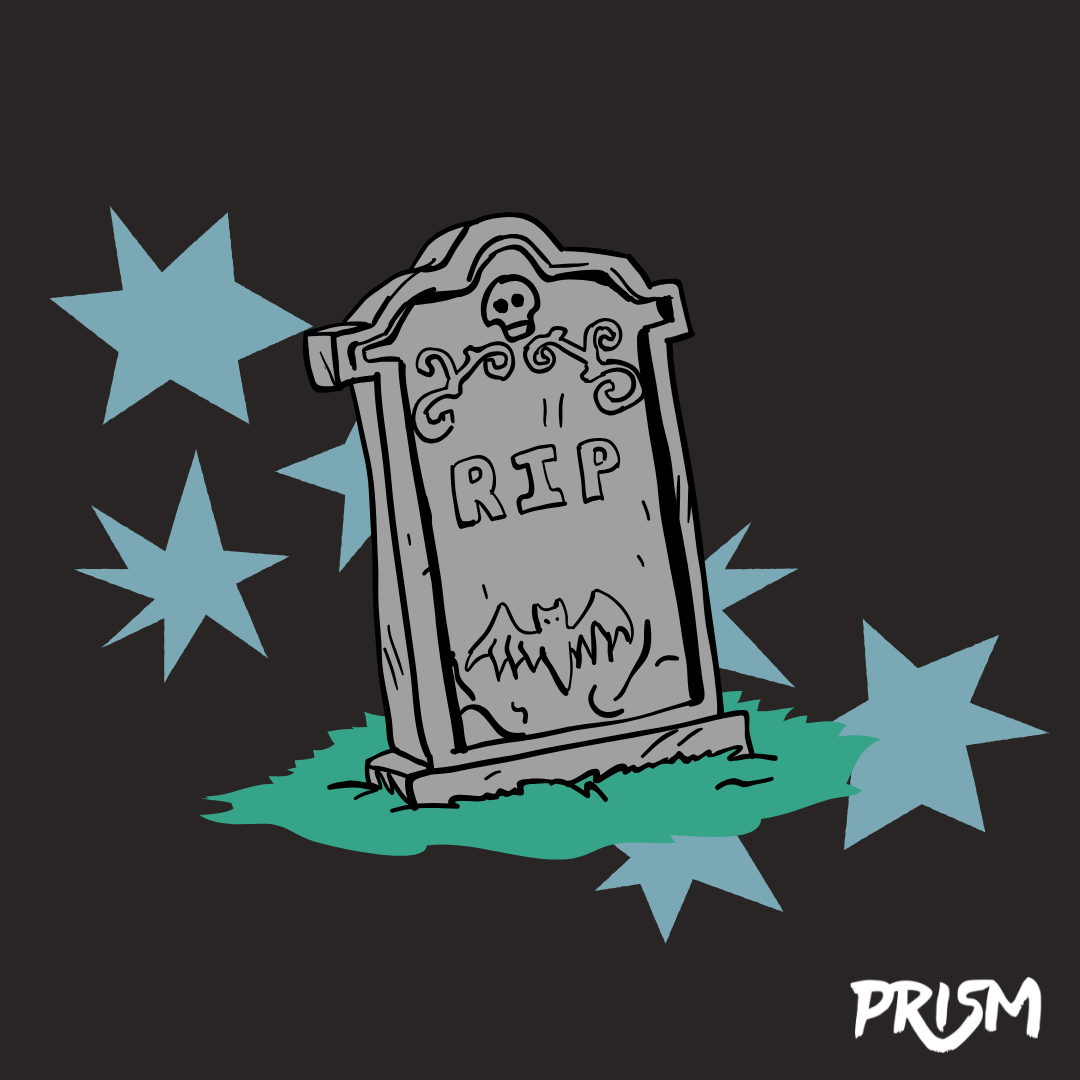Content warning: gun violence, coarse language
In times of political upheaval, I notice a lot of my fellow writers gearing themselves up as though they’re about to step into war. They post about how authoritarian regimes target poets and writers first because of the power they hold; they post about how those with the pens dictate the movements of society, hold the power to free the downtrodden and liberate the masses. They talk about how writing can change the world.
And then a lot of them sit down to write stuff that’s already been written for little echo-chambers that already agree with everything being said.
I’ll admit, when it comes to enacting social change, non-fiction and journalism have a lot more power than fiction and poetry. No fiction book has ever created an economic system like “Wealth of Nations”; neither has any created a federal agency like “Silent Spring.” But fiction is more fun than non-fiction, and it has the power to put people into the shoes of individuals they wouldn’t have empathized with otherwise. Fiction can change the world — but it isn’t as simple as writing a story that says “protect the environment” or “trans rights matter” and posting it online. To learn how to write fiction that changes the world, I want to study two stories that helped shape the world we live in today, and see what we can learn about writing stories that change people’s minds.
#1: “Uncle Tom’s Cabin” by Harriet Beecher Stowe
“Uncle Tom’s Cabin” is largely infamous today for being the originator of the “Uncle Tom” stereotype of docile, ever-suffering Black people who are happy to be oppressed and serve white people, in addition to other stereotypes like the mammy and pickaninny caricatures. My goal is not to defend this book; by our standards today, it’s undeniably racist, and it’s set roots for some deeply bigoted ideas about Black people that still exist today. But it achieved its goal: It turned the sentiments of white Northeners in the 1850s against slavery, galvanized the abolitionist movement and helped fuel the Civil War, leading to the abolition of legal enslavement in 1865.
Stowe’s novel was criticized by many, most famously James Baldwin in his 2017 “Notes of a Native Son,” for its over-sentimentality and melodrama. But this over-sentimentality and melodrama spoke to white women of the time, who were expected to be emotionally vulnerable and soft-hearted, in its depiction of the suffering of Black families. By making the Black characters pious Christians — a cornerstone of white women’s identities at the time — Stowe helped hundreds of thousands of white Northerners see themselves in enslaved people and turn to the cause of abolitionism. It sold millions of copies, and was the second-best selling book of the 19th century (after the Bible), spreading Stowe’s message far and wide. Frederick Douglass said that Stowe had “baptized with holy fire myriads who before cared nothing for the bleeding slave,” and the book’s impact was so disasterous for white Southerners that it sparked a wave of reactionary pro-slavery books trying to fight back her effect, the most famous of which was “The Clansman,” which was later adapted as “Birth of a Nation.” Stowe was so successful at turning white Northerners against slavery that legend claims Lincoln said, upon meeting her, “So you’re the little woman who wrote the book that made this great war!”; like most legends, the veracity of this exact exchange is disputed, but what’s not disputed is the message behind the quote.
During and immediately after its release as a serial, Tom Shows — musicals, plays and minstrel shows based on “Uncle Tom’s Cabin” — became widespread in popularity, none of them authorized by Stowe. Due to the relaxed copyright laws of the time, she had no control over how her story was portrayed, and many performances used blackface, made a white character (Little Eva) the star, presented Uncle Tom as servile and a sell-out of his Black compatriots for white people, and even twisted the story to spread an explicitly pro-slavery message. Some modern analysts (see here) (and here) have argued that it’s largely from these shows, and less from the novel, that the “Uncle Tom” stereotype came from — the original Uncle Tom died to protect a pair of Black women from enslavement and sexual abuse by white plantation owners, in clear defiance of the stereotype — but the story’s modern legacy was already set. However, nothing the Tom Shows portrayed could undo the novel’s radical strengthening of the abolitionist movement.
#2: “The Matrix,” directed by Lana and Lilly Wachowski
Ah yes, “The Matrix.” The movie about the everyday dude who learns that even though he’s never seen any evidence until this day, everything society has ever told him is a lie, and a shadowy group of Bad Guys is actually controlling everyone so no matter how nice or knowledgable anyone is, don’t listen to what they say and also shoot them if it helps you take down the Bad Guys until you overthrow society. I see no way this could go wrong.
The film’s directors have since claimed that the film was a trans allegory (and come out as trans themselves), and, aside from the scenes where the cool good guys massacre a bunch of people with machine guns, I can see the metaphor. Society tells you that sex=gender because that’s what they’ve been taught by those in power, but it’s all a big lie that you can break free from. Cool. But nothing in the movie actually hinted at what society’s big lie was, leaving readers to fill in the gaps themselves. Maybe in an echo chamber of only trans audience members, it would have been fine, but that’s not the audience “The Matrix” had.
Twenty-five years later, what’s the legacy of “The Matrix” in popular culture?
— The red pill: the “realization” that feminism has poisoned Western culture and disempowered men, and men need to learn strategies to “achieve” sexual conquests and success; based on the “The Matrix” concept of taking the red pill to open your eyes to society’s great lie and a cornerstone of the manosphere.
— The black pill: the “realization” that women are so wicked and superficial that no non-hot man will ever get laid or be happy; an offshoot of the red pill concept and a cornerstone of the incel movement, which has led to multiple acts of mass violence against women, girls and the greater community.
— “Break free of the matrix” ethos: the now-mainstream idea that conventional sources of values and knowledge (i.e., schools, experts, the news, etc) are corrupt and you should seek the “truth” from the fringe accounts on social media or your weird housemate; based on the concept of the matrix in the movie, a virtual reality that humans are trapped in.
It turns out that providing a popular, socially-beloved vehicle for communicating the idea that “everything you ever learned is a lie and I know the truth” is a boon to conspiracy theorists. I decided to torture myself and see how long it would me to find a “ The Matrix” reference on various far-right figures’ twitter feeds, and it took me:
Andrew Tate: 8 seconds
Elon Musk: 55 seconds
Nick Fuentes: 24 seconds
James O’Keefe: 11 seconds
Peachy Keenan: 27 seconds
Richard Spencer: 1 minute 10 seconds
Pearl Davis: 48 seconds
Alex Jones: 13 seconds
Candace Owens: 28 seconds
RFJ Jr: 11 seconds
Ben Shapiro: 43 seconds
(I found no “The Matrix” references in the feeds of Brett Cooper, Tucker Carlson or Matt Walsh.)
Peechy Keenan claimed “The Matrix” was an allegory for the (fictitious) Great Replacement. Andrew Tate claimed that the matrix ruled Europe, but that patriarchy had rescued the United States from its clutches. Elon Musk tweeted “@Doge will reprogram the base code of the matrix,” whatever that means. Everyone had a different interpretation, which may have been the point. “The Matrix” is a powerful metaphor without a clear meaning. It’s a tool for whoever chooses to use it … a tool with a lot of gun imagery.
The guns aren’t something to gloss over. Vox’s Emily St. James writes, “one of the things that has aged the most weirdly about the whole trilogy is its gun fetishism,” and the cool-ness of the main characters gunning down a room full of people definitely makes a disturbing bedfellow to such a conspiratorial story. One of the Washington State Snipers wrote the note “Free Yourself of the Matrix” in jail after being arrested for his serial killing spree, and while no one knows the Columbine shooters’ exact motivation, they dressed in the style of the Matrix’s shooters during their massacre, prompting speculation that the movie played a role in their decision to commit the shooting. Nor can the parallels between the glorified violence of “The Matrix” and the numerous incel mass shootings that have been perpetuated under the blackpill ideology be ignored. Our writing can change the world — but the world hears what you say, not what you intend to say.
Take-away: So How Do We Write Stories that Change the World?
The first thing you need is for people to actually fluffing read your work. This is the hard part.
We wouldn’t be discussing the impact of “Uncle Tom’s Cabin” and “The Matrix” if they hadn’t spread far enough to have an impact. This is partially a numbers game, and heaven knows if I knew how to make my writing a best-seller, I wouldn’t be writing this today.
But there are some common threads we can learn from. “Uncle Tom’s Cabin” wouldn’t have achieved its fame and infamy if it wasn’t for the emotional pull of its narrative, and no one would have watched “The Matrix” if not for the epic action scenes. While most of the writers I know have been trained in largely literary fiction, genre fiction — or genre-y fiction, literary fiction with some fistfights and maybe a nice explosion and love triangle sprinkled through — tends to do a better job of catching people’s attention.
If you’re aiming for your work to have a local impact, your job becomes a little easier. You don’t always need to try to change the world; sometimes you can change your university, or your town. Aim for local publications, and don’t be afraid to advertise your work in local channels (where appropriate) so you can catch the attention of people outside your echo chamber.
You also need to consider your tone. People don’t like being preached to; we all think we’re smart and correct about everything, and we don’t like it when random authors try to tell us we’re not. This is where the power of fiction comes in. As cliche as “show don’t tell” is, narrative writing has the power to put you in someone else’s shoes and show you a new society, a new experience, or a new way of existing — all without saying “you should support trans rights.” Dip into the emotional side of your writing and help lead your audience to a new understanding, but don’t force it on them. They can tell.
Lastly — and this is the hardest part — you need to write in a way your audience will understand and see themselves in. This might require making sacrifices in the “good-ness” of your story. The racism in “Uncle Tom’s Cabin” is inexcusable, but the hard fact is that if it had been a perfect anti-racist text by our modern standards, non-abolitionists probably wouldn’t have read it, and it wouldn’t have had the impact it did. (By comparison, Frederick Douglass’ far more anti-racist abolitionist text and autobiography published around the same time, “Narratives of the Life of Frederick Douglass,” sold one-tenth as many copies in its first 15 years of publication as “Uncle Tom’s Cabin” did in its first year.) People are open to updating their viewpoints when presented with new ideas or information, but you can’t drop them in the deep end. If you want to open up someone’s heart to undocumented people, a touching narrative about an undocumented family trying to support their loved ones in the face of poverty — something a documented audience can still relate to — will be a heck of a lot more impactful than a fuck-ICE story about intersectional immigration protests on college campuses. This isn’t to say you need to make your work an ethical dumpster fire, nor do you need to stoop to “Uncle Tom’s Cabin’s” racism, but you need to write something that will be palatable to your readers — otherwise they’ll spit it out.
Writing can be a powerful tool for changing people’s minds, but, like all tools, it’s only useful if the person wielding it is skilled in the craft. Changing people’s minds through your writing is possible — but you need to write for the audience who needs to hear your work, not the one who already agrees with it. That’s how writing can change the world.














